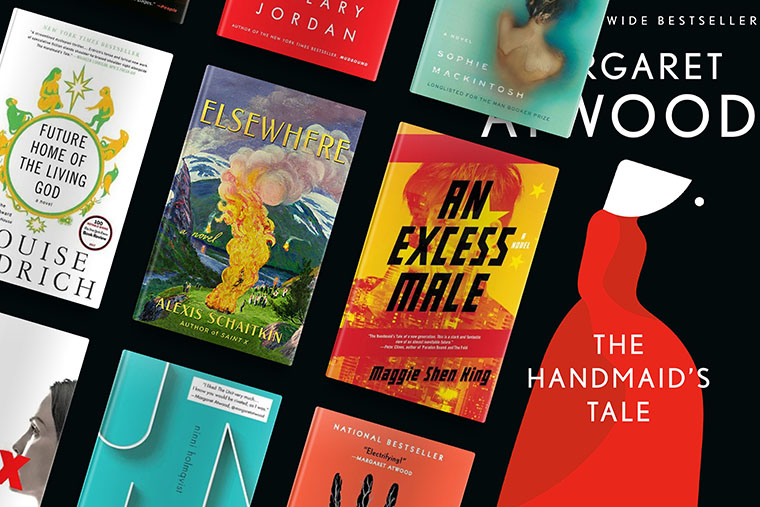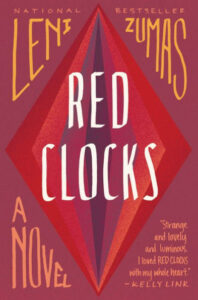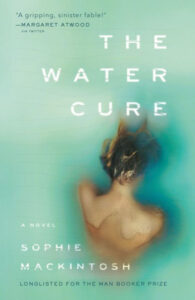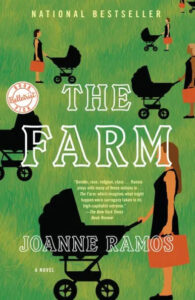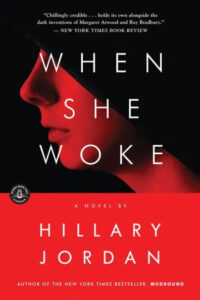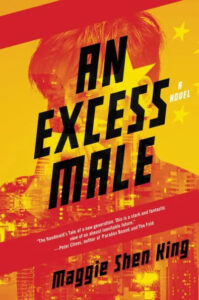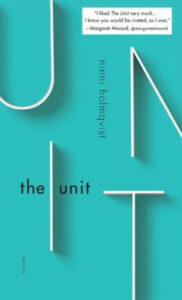Margaret Atwood’s The Handmaid’s Tale stands as a landmark in feminist dystopian literature—and a prescient, dire warning about a society in which women no longer have control over their own bodies. The narrative imagines an alternate America ruled by a patriarchal theocracy known as the Republic of Gilead. Birthrates are at an all-time low, and handmaids like Offred, the book’s narrator, are forced to serve as reproductive surrogates for the ruling male class.
Atwood’s award-winning parable and its sequel, The Testaments, are must-reads. And when you’ve finished, we’ve got a set of equally powerful books like The Handmaid’s Tale that are sure to entrance you.
